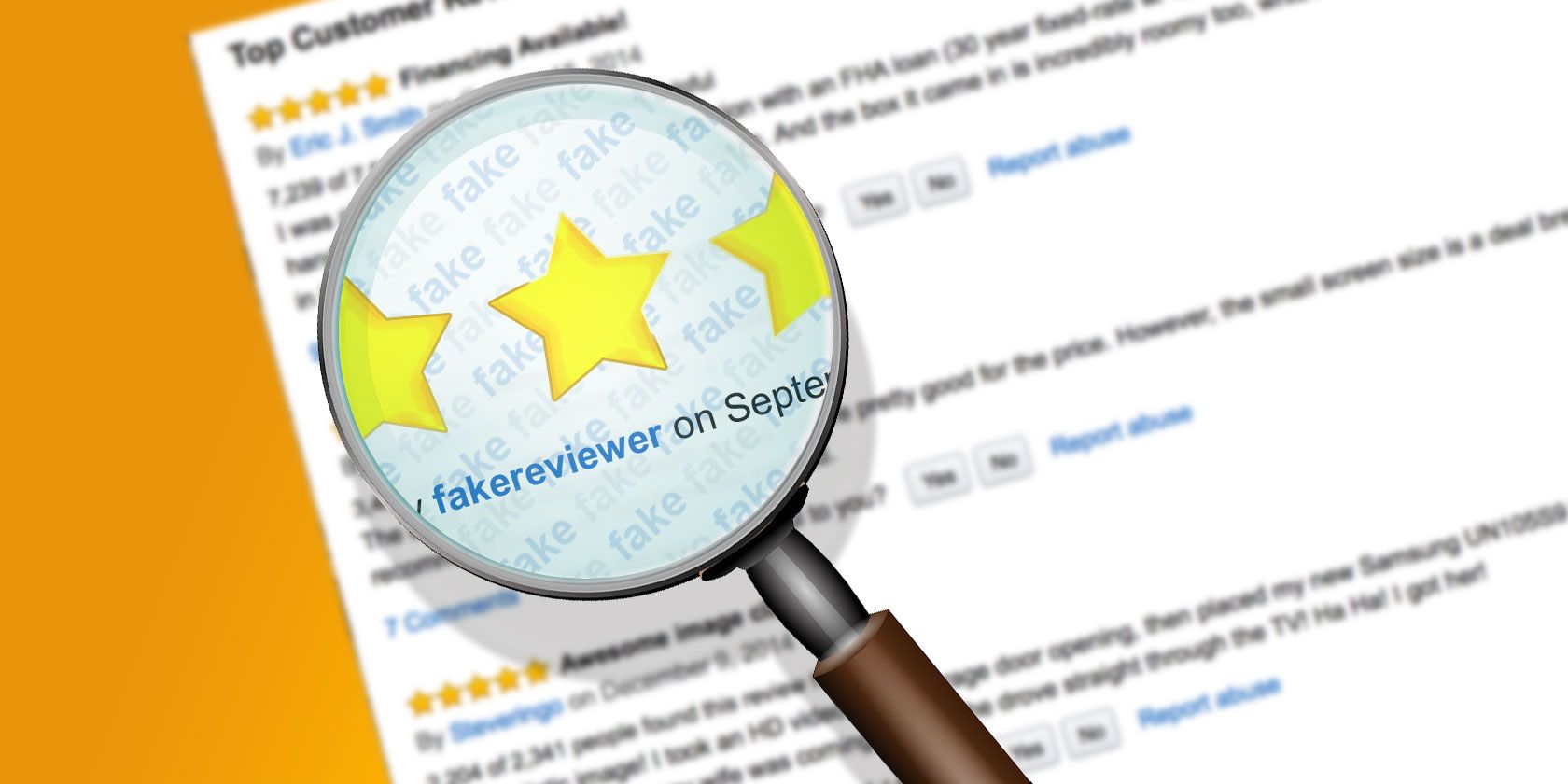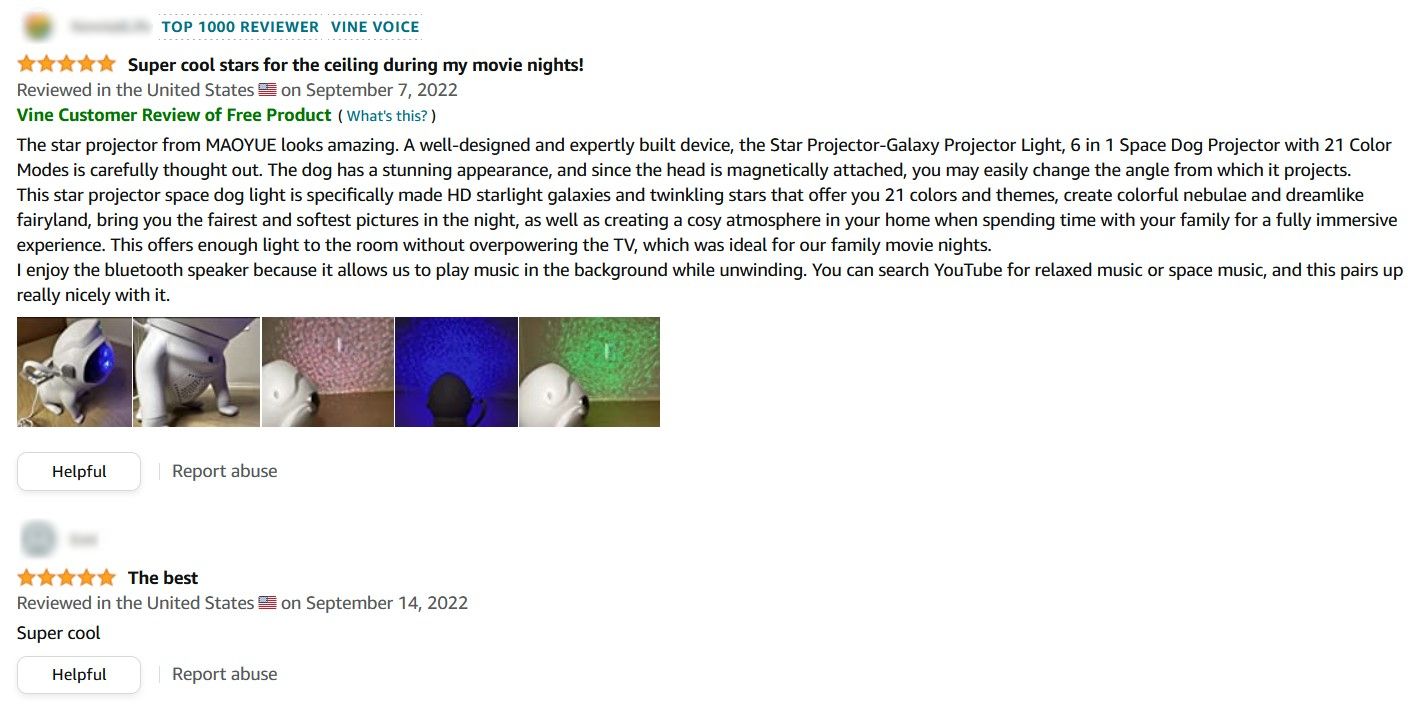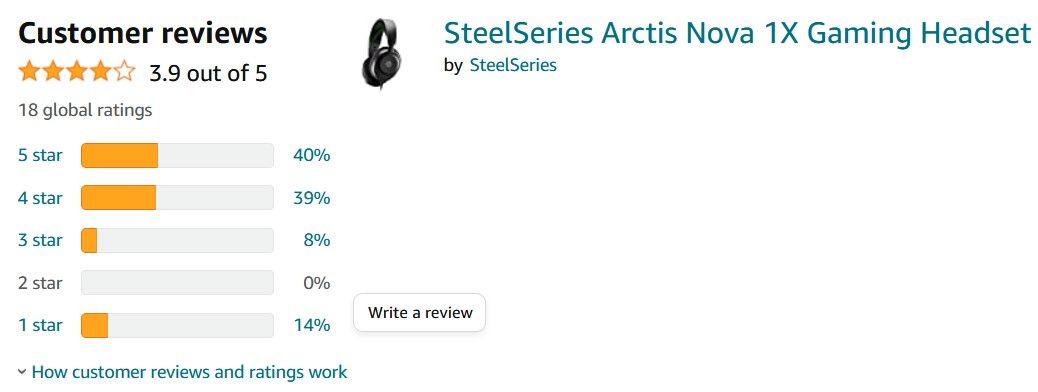Don't trust that five-star review or rating on an Amazon product. It could be a commissioned review by the seller. To find a true opinion, learn how to spot the fakes.
Amazon has faced this problem for a long time. The online retail giant has even sued fake review services. But it's an uphill battle that Amazon probably won't win. There are just too many scammers trying to manipulate Amazon's reviews and ratings.
The onus then is on the buyer. You must be able to spot and disregard biased write-ups. Here are a few ways to get better at it.
1. Check for the Big Tell-Tale Signs
While Amazon's customer review policies have improved and the platform can block or remove feedback that violates its rules, some bad actors still sneak through, often with the help of click farms that make it hard to trust online reviews.
There are a few tell-tale signs to indicate a fake review, however. People who wrote such fake reviews for a living have disclosed some secrets. And then there are researchers who found clues through studies like one published in PNAS Social Sciences in 2022.
So, check for:
- Similar keywords in multiple reviews: Companies brief these fake review writers with a short product description and what they want to hear. This comes with some keywords or phrases that the manufacturer wants. If many reviews repeat such phrases, you know what to discount.
- Reviews that are too positive without being specific: Nothing is perfect, but some reviews talk up a product with big adjectives and action words. Don't trust these.
- Lots of reviews in a short time frame: If an item has a large number of reviews in the space of a few days, that's a deal-breaker.
- One-off unverified reviews: If someone leaves generic feedback without a Verified Purchase or Vine Customer Review of Free Product tag, and their profile shows that they've never reviewed Amazon products before, skip their input.
- Negative reviews with competitor links: People are usually sent to leave bad reviews in order to benefit competitors, so avoid anything that tears down a product and points you towards a link.
As the fake-out game evolves, reviewers change strategies, so the signs to spot a fake aren't always used, like extreme emotions or personal anecdotes.
2. Use Fakespot, ReviewMeta, or TheReviewIndex to Spot Fake Amazon Reviews
Three apps can flag up fake reviews for you. ReviewMeta is the oldest, but its techniques in getting rid of the obvious fakes are just as effective as Fakespot's and TheReviewIndex's.
Add the Amazon product's URL link in the space provided by any of these websites. The smart algorithms will analyze all the reviews and tell you which ones you can trust and which ones you can't.
All three review checkers also have browser extensions to reduce clicks. Choose whichever app seems better to you. ReviewMeta, for example, is the veteran in uncovering what's hiding on Amazon, but TheReviewIndex is the simplest to use.
3. Consider Three-Star Ratings as the Most Reliable Reviews
In most cases, you can safely ignore a product's rating altogether. Ratings are far too subjective and don't mean much. Most people can't even agree on what four or five stars mean.
The site Review42 reports that over half of user ratings are five stars and very few people leave two or three stars. It's hard enough to believe that there are so many perfect consumer products on Amazon without this strange gap in the overall ratings. Plus, a rating is the least-effort way for a company to inflate its numbers.
But there is also a way these customer ratings can be useful. Go to the three-star ratings and read their reviews. Those are often genuine and will tell you the pros and cons of the item, giving you a fairer picture.
It should go without saying, but make sure the item has enough reviews for it to matter. You can use the Sort By Review Count for Amazon extension to filter by number of reviews, so you aren't wasting time on a product with very few reviews.
4. Don't Trust Verified Purchases and Vine Voices Blindly
When a customer buys an item and writes a review about it, Amazon adds Verified Purchase to that. There's also the Amazon Vine scheme, which invites the most insightful reviewers on the platform to try free products and give their opinion.
This adds the Vine Customer Review of Free Product tag instead. In fact, any product they review is marked as coming from a trustworthy Vine Voice.
Both systems aim to make reviews more authentic, and they can separate the fakes from the honest reviews, but not always.
For example, those companies that sell fake reviews in bulk get smarter. Deals can include a commission from the manufacturer to actually buy the products so that the fake review gets a Verified Purchase tag. This means you can't blindly trust such reviews—you still need to analyze them.
In some ways, Amazon itself is to blame for this. A fake reviewer could trick initiatives like Vine Voices and gain access to all kinds of goods. Besides Amazon's fallible rewards for more reviews, the extreme discounts it offers encourages bad actors to keep trying their tricks.
Also, note that paid reviews overwhelmingly end up positive. The people posting them may not even be dishonest. When a company asks for reviews, and you're not spending your own money, you might assume their product is of good value and be less critical. Ultimately, unlike videos or articles on first impressions and tech reviews, you don't quite know who's reviewing and why.
Can You Spot the Fake Reviews on Amazon?
These tricks and tips can help you distinguish fake reviews from real ones more easily. With so much learning at hand, all that remains is for you to put your observation skills to the test.
Combine that with Amazon's advanced search tools, and you'll be an expert in finding exactly what you need and without second-guessing yourself.



